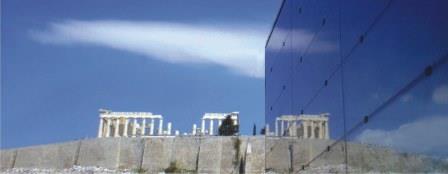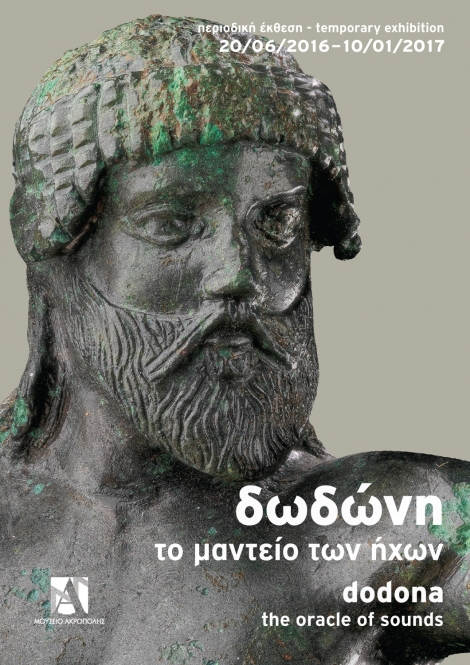
20 June 2016, is the Acropolis Museum's 7th anniversary. The museum has welcomed 9.5 million visitors since 2009 and looks to exceed 10 million by this autumn.
“We have been able to retain the numbers of visitors since the first year,” Professor Pandermalis commented. "The main aims for the seventh year of operation has been maintaining the high level of services to visitors, increasing digital applications in exhibition halls and introducing an innovative program for temporary exhibitions" he added.

The Acropolis Museum was built to house what has been discovered on the Acropolis and the surrounding area, covering a wide period from the Mycenaeans to Romans and Early Christians in Athens.
From today 20 June 2016 and up to 10 January 2017 on the Temporary Exhibition Gallery, on the ground floor of the Acropolis Museum, visitors can experience Dodona, the oracle of sound.

This exhibition will provide a wider knowledge about the oldest Greek oracle, Dodona - tracing the way it functioned, its role and importance in the ancient world, and at the same time showcasing the human need to predict the future.
The exhibit’s narration begins with Dodona during the late Bronze Age. Clay and bronze artifacts illuminate the identity of the first inhabitants, the primitive cult of Mother Earth (Earth Goddess) and the establishment of Zeus’ cult. The main focus of this exhibition lies in Zeus and his predominant presence in the sanctuary. The central theme is the prophetic oak tree that with the rustle of its leaves would answer the agonizing questions of people and of what lies ahead.
Prophecies were also given by priests who de-coded the sounds of bronze cauldrons and the cooing of pigeons. The excavations conducted in Dodona have brought to light some thousands of questions carved in metal sheets of lead, posed by visitors in the sanctuary. Some of these questions concern matters of trade, debts, assets, court decisions, health, fertility, upcoming marriage, dowries and widowhood and are presented in a separate unit of the exhibition.
From the dedications in the sanctuary parts of bronze statues, parts of armory, swords and part of their suspensions, dedications from those who benefited from the gods or invoked their help are also displayed. Characteristic coins highlight the political aspect of the Oracle and its connection with Pyrros, the King of Epirus. Lastly, the relationship between the city of Athens and Dodona is presented by two exhibits from the Acropolis Museum.
This exhibition will be accompanied by a catalogue of the items on display. On a big screen of the exhibition area, a video presentation will provide information about the Oracle and the natural environment surrounding it.
During the exhibition, the Museum’s restaurant will offer treats from Ioannina.
This exhibition is hosted at the Acropolis Museum with the collaboration of the Ephorate of Antiquities of Ioannina. The exhibits are on a loan from the Ioannina Museum and the National Archaeological Museum, Carapanos Collection.
Entrance to the Dodona temporary exhibition is 3 euros. Tickets are available for sale at the museum’s ticket desk.





Comments powered by CComment